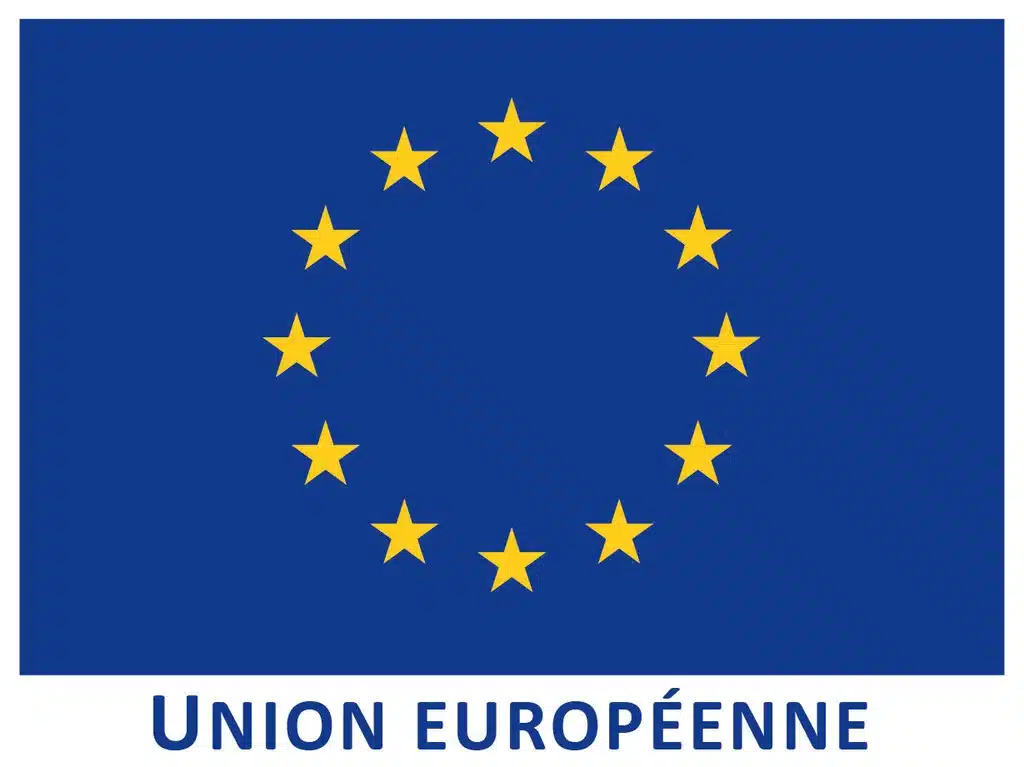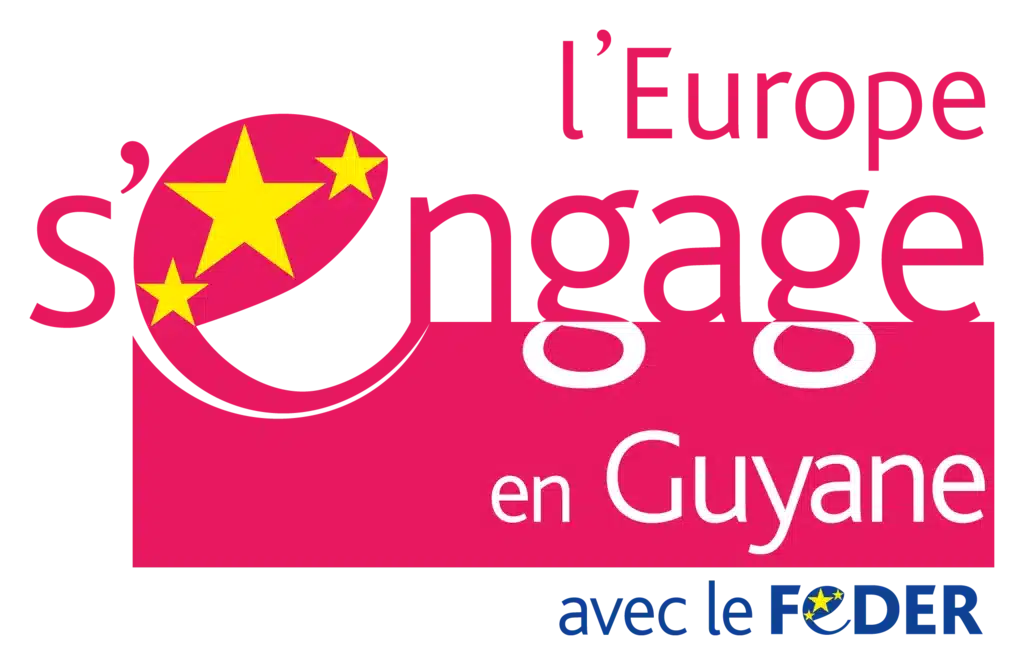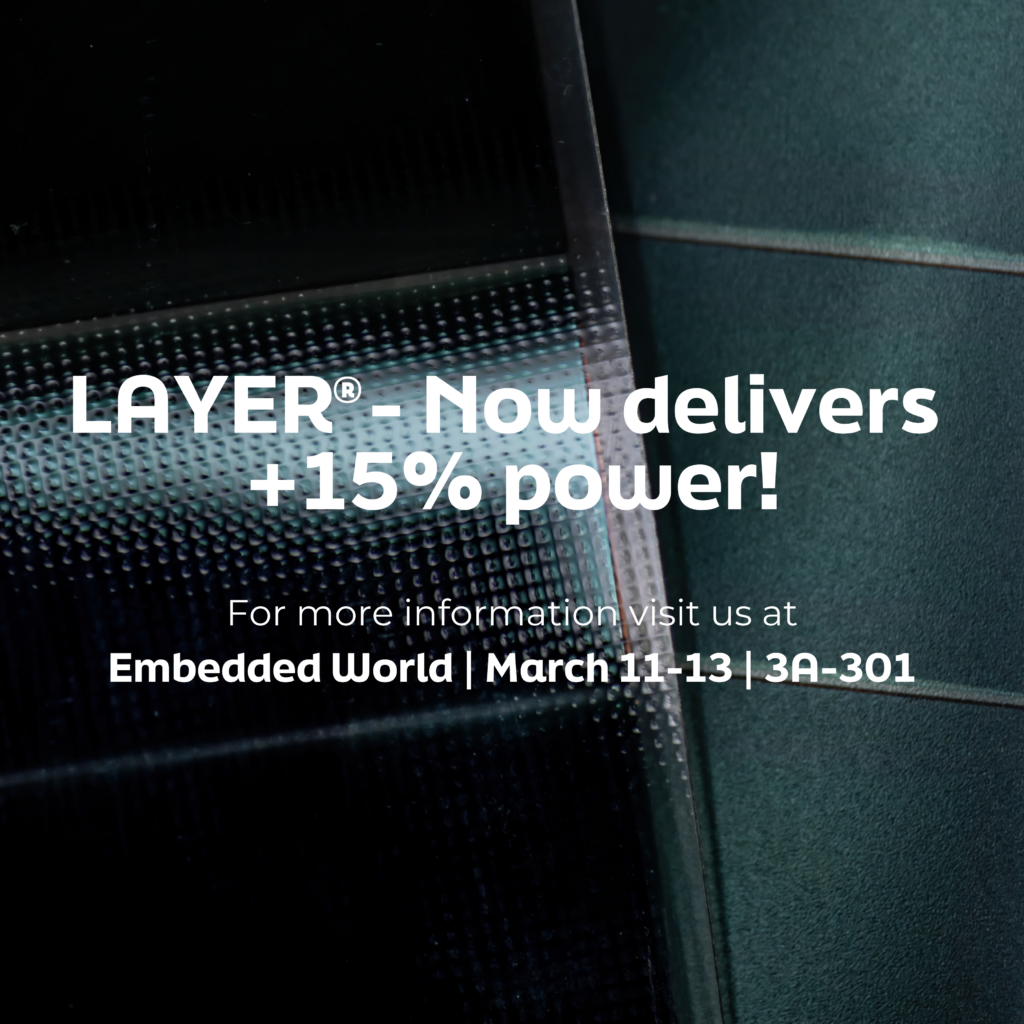We print sustainable energy
for indoor devices
The Lymièr project is co-financed by the European Union as part of the European Regional Development Fund.
The Lymièr project is co-financed by the European Union as part of the European Regional Development Fund.



Dracula Technologies has been approached by ArianeGroup and the Guiana Space Centre (CSG) to study the digitalization of the CSG. The main idea is the installation of connected environmental sensors powered by LAYER®, a sustainable energy source.

Dracula Technologies was thus able to develop the electronic module, conduct tests by reproducing the climatic conditions present in Guyana to find a technical solution compatible with the measured aging of OPV modules, formalize the business model, and identify growth drivers.
These sensors can be positioned in various locations within the CSG, particularly indoors. Their use allows for the monitoring of environmental parameters and presence to regulate the use of air conditioners and indoor lights, thereby creating a negative feedback loop on the CSG’s energy consumption and carbon footprint.

In collaboration with ArianeGroup, Dracula Technologies has developed an autonomous sensor solution that measures various parameters such as temperature, presence, humidity, etc. These sensors, operating with the LORA protocol, are very versatile.
The LYMIER project has resulted in a reference patent for autonomous physical measurement sensors.


This project has not only strengthened collaborations with local actors such as Ariane Group, CNES, and MOBAPI but has also led to an improvement in the LAYER® modules adapted to the climatic conditions of Guyana. Furthermore, the project has created 3 jobs directly related to its activities.
Ce projet a été financé à hauteur de 30.000 € par le CNES et 168.506€ par le FEDER.

Take a look at an OPV module that gives 15% more energy output thanks to its optimal design.
Get all the details in our latest press release!